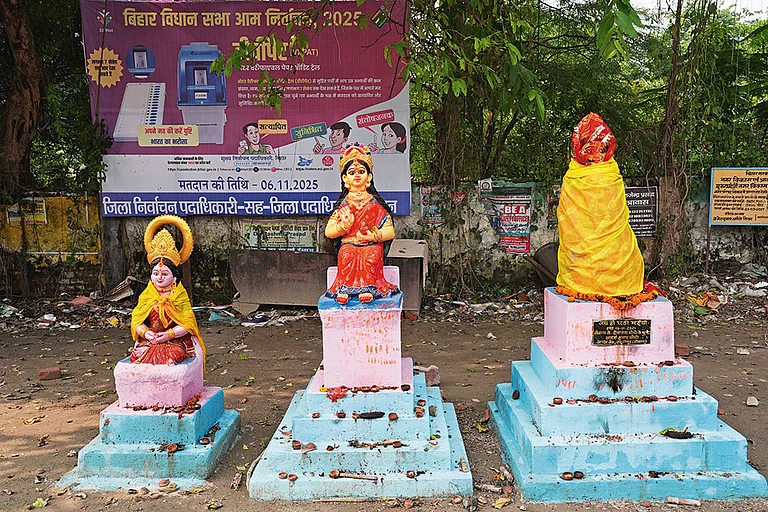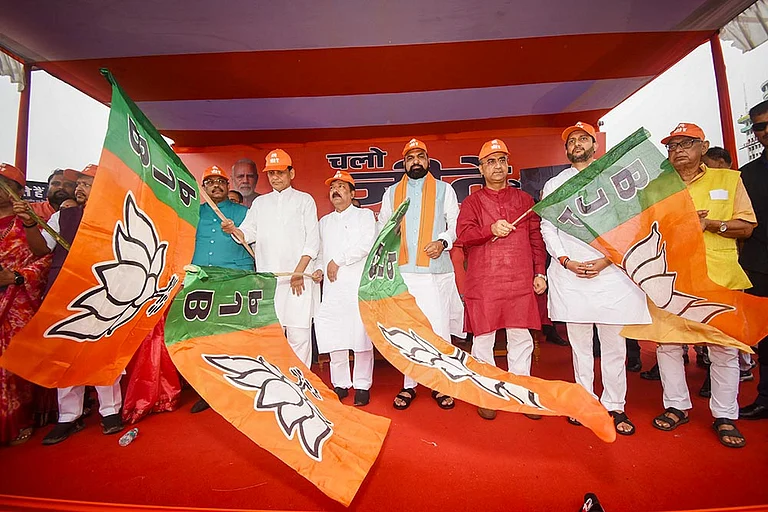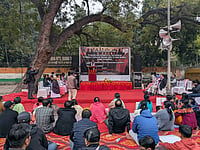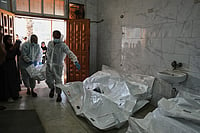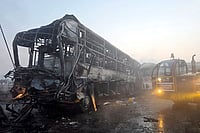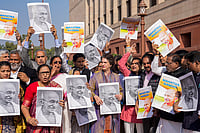
Modi urges women voters to celebrate democracy in Bihar’s 2025 assembly elections.
JD(U) fields 16 women and BJP 9 women candidates out of 101 seats each, despite 33% reservation law pending implementation.
Financial schemes and governance measures target women, but legislative representation continues to lag.
Though Prime Minister Modi highlighted in a recent speech that Bihar's sisters and daughters would play a major role this election, very few have been included in the candidate lists. As part of the alliance, JD(U) is fielding 16 women candidates (around 15.8 per cent) and the BJP 9 (around 8.9 per cent) out of the 101 candidates contesting from each party.
Modi had gone so far ahead as to link the mood of the campaign with the festive season, he said, “This time, Bihar is going to have a double Diwali. First, people celebrated Diwali on the first day of Navratri due to GST. Now, Diwali is on October 20, and we are going to celebrate that. But this time, Bihar is in a mood to celebrate the NDA's victory on November 14. Bihar's sisters and daughters will play a major role in this.”
The exchange, though brief, was thought to mean that the NDA’s campaign would focus women voters, projecting them not just as participants but as a driving force behind its electoral push.
Women Voters, Candidates, and Political Irony
In the current election, JD(U) is fielding just 16 women candidates, around 15.8% of its total slate, while the BJP has only 9, roughly 8.9%. Compare this to 2020, when JD(U) had contested 22 women and the BJP 12. The 2025 numbers reveal a serious underrepresentation of women as candidates.
Yet women are central to winning elections. In 2020, of 243 constituencies, 119 had more women than men on the voter list. In these constituencies, the NDA won 72 seats, BJP 38 and JD(U) 29, while the Mahagathbandhan managed 42. This shows that women voters decisively shape outcomes, even as parties put so few women forward as candidates.
Women hold the balance of power at the polls, yet they are barely represented among candidates. Recognising their electoral weight, the NDA continues to target women with policies and programs, highlighting the irony that their political clout at the polls far outstrips their representation in the candidate lists.
Through financial schemes like the Chief Minister’s Women Employment Scheme, Rs 10,000 has been deposited into the accounts of 1.25 crore women. Households receive 125 units of free electricity, and social security pensions have increased from Rs 400 to Rs 1,100, benefiting 11.2 million families.
Governance measures, including 50 per cent reservation in panchayats and local bodies and 35 per cent in police recruitment, provide women with formal roles and visibility. These initiatives highlight how women’s influence is courted, even as their actual representation among assembly candidates remains limited.
The 33 per cent reservation for women in legislative assemblies, passed under the Constitution (One Hundred and Sixth Amendment) Act, 2023, carries a sharp irony. While the BJP, which actively pushed the Bill through Parliament, celebrates it as a landmark for women’s empowerment, the law has not taken effect. Its implementation is tied to the next Census and delimitation exercise, expected only after 2027.










